History of the letter grading system

Keystone View/FPG // Getty Images
History of the letter grading system
Formal education systems have been in place for thousands of years—from the earliest examples of China’s Xia dynasty schooling that began in 2070 B.C., to the robust, philosophically based education systems used by the ancient Greeks beginning in 500 B.C. While formal education has been around since what feels like the dawn of time, the grading system used to determine mastery of subject matter is a relatively new concept.
It wasn’t too terribly long ago that schools had no way to even evaluate how well students mastered or achieved in school. Earlier versions of the education system relied on many different markers to determine whether students succeeded in their studies. And, in many cases, no scoring systems or pass or fail markers were used at all. Students simply learned and moved on—provided they were privileged enough to be able to attend formal schooling in the first place.
That’s quite different from the systems used today. Most schools now use either a letter grading system from A to F to score students on their subject mastery or use a number, such as a 4.0 grading scale. These grades indicate not only whether students pass or fail, but also how well they’ve mastered the subject matter. Students have learned to judge themselves and others on their ability to grasp a concept based on these systems. Getting a good grade in a class or on a test means they’ve achieved something special—something worthy of pride.
But how did the education systems shift from having no grading systems in place to the formal letter grading systems used today? StudySoup used internet sources on the history of education to compile a list of 10 milestones that occurred with the letter grading system to lead to where it is today in the United States. These milestones start with the earliest assessments and grow into a letter grading system that is as complex and varied as the education system. Here’s what you should know about the history of the letter grading system.
![]()

Bettmann // Getty Images
500 B.C.: Assessments without letter grades
Archaeologists have found evidence that both a formal and informal education system existed in ancient Greece. Students who received formal educations attained them via a public school system or tutor, with the formal education system primarily reserved for males and nonslaves. But while the ancient Greek society had a publicly accessible education system, there were no letter or number grades used to complete student evaluations. Assessments were only used for formative learning, not for evaluating. This meant that student evaluations were nonexistent—as were any methods for tracking whether a student had mastered the subject matter at hand or required more education and training.
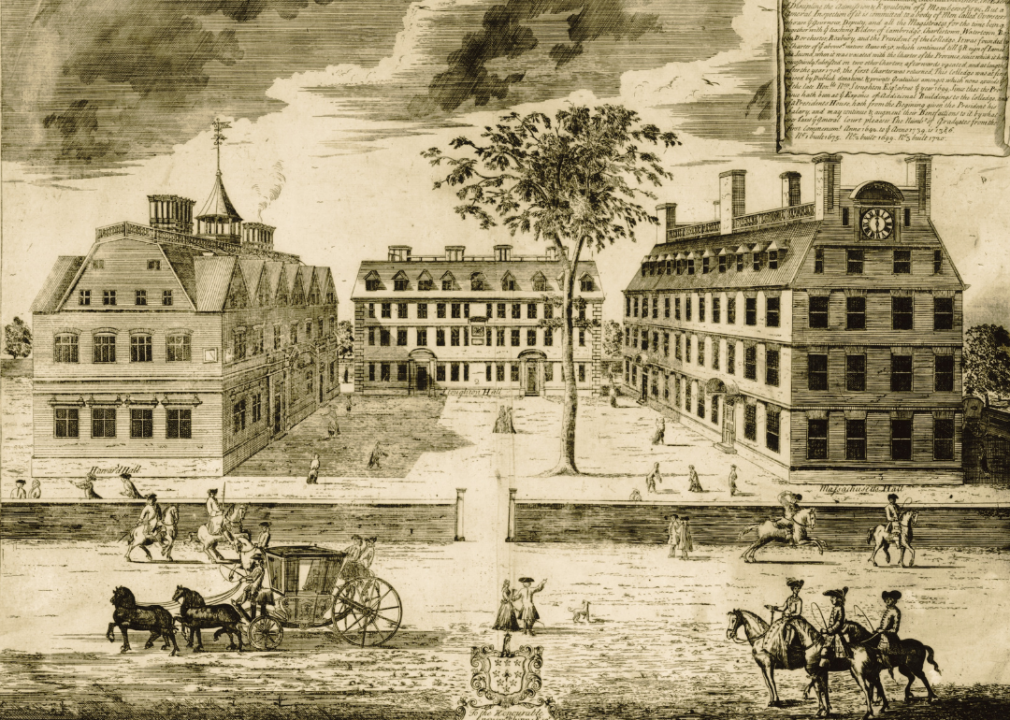
MPI // Getty Images
1646: Exit exams lead the way to more formal evaluations
Ancient Greece may not have required formal exams to evaluate students, but as of the mid-1600s in the United States, Harvard University did. Harvard—which has long been considered one of the most innovative and storied higher education systems—began to require exit exams for students as early as 1646. These exit exams were required for students to obtain degrees from the university, but there were no formal letter or number requirements at that point. The formal exit exam requirement helped to pave the way for a more official grading system to be put in place over time—both at Harvard and within other educational systems.
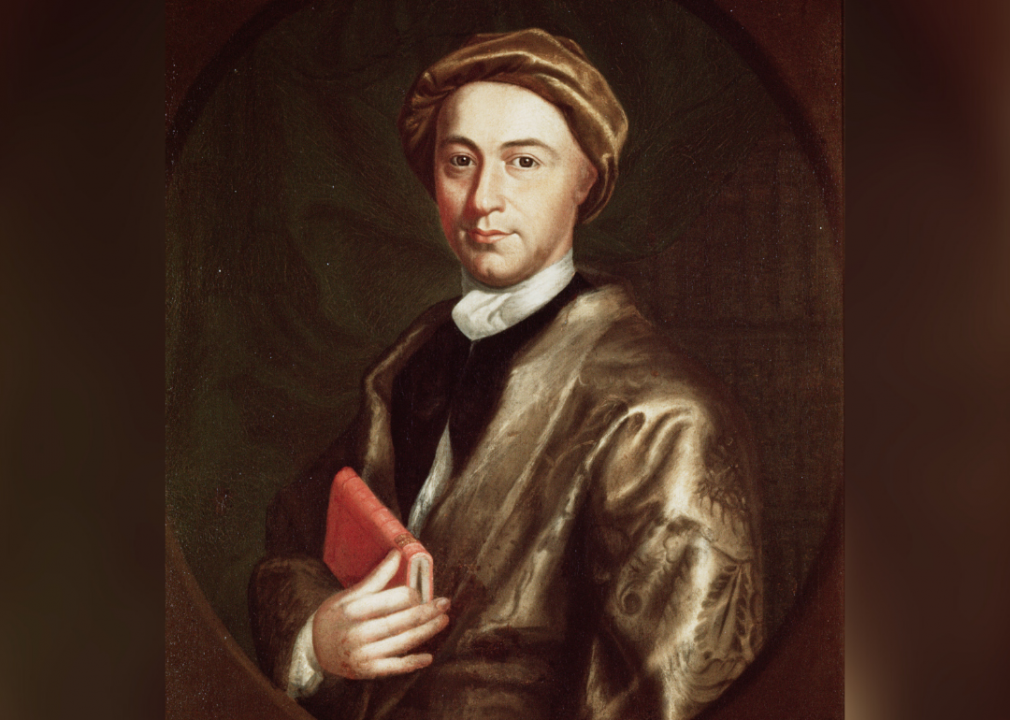
Francis G. Mayer/Corbis/VCG via Getty Images
1785: Evidence of the first grading scale
Yale University was one of the first schools to attempt a formal evaluation system for students—and it started with the university’s president Ezra Stiles. As early as 1785, there is evidence via Stiles’ diary that the president was attempting to evaluate students who attended exams at the university. Stiles did so by using four different Latin-based ranks: “optimi,” “second optimi,” “inferiores,” and “pejores”; or quality, best, worse, and worst. These ranks, or grades, were used to divide students into different grading or mastery categories—much like letter and number grades are used today.
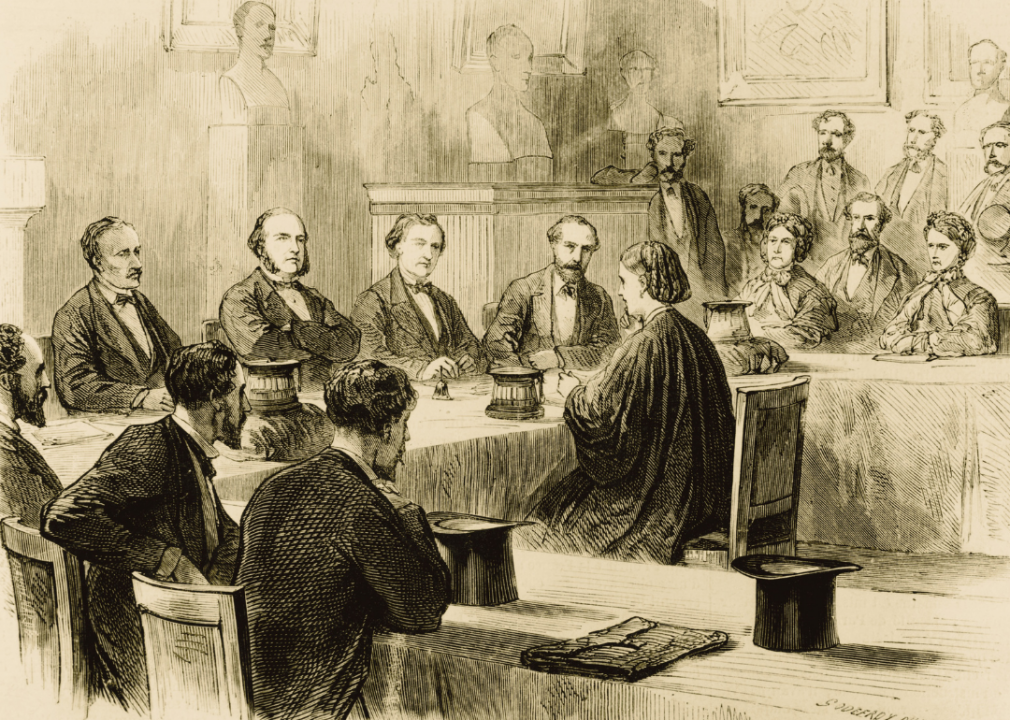
Hulton Archive // Getty Images
1813–1839: Rules, guidelines, and exam results documented
Just a few years later, Yale began to implement a grading system that is similar to the one used today. Building on Ezra Stiles’ earlier attempts to evaluate students, Yale began to keep track of student information in what was called the “Book of Averages.” This book was used to document the rules and guidelines for exams—as well as the students’ exam results. What was especially unique about this book is that it was also used to average each students’ marks—or grades—which is precisely what is done in schools and institutes of higher education today. Even more interesting is the fact that it was done, at least in part, on a 4-point scale, which most colleges and universities still use. That said, there was still no evidence of a letter-grading system, but this 4.0 scale quickly evolved over the next few decades.
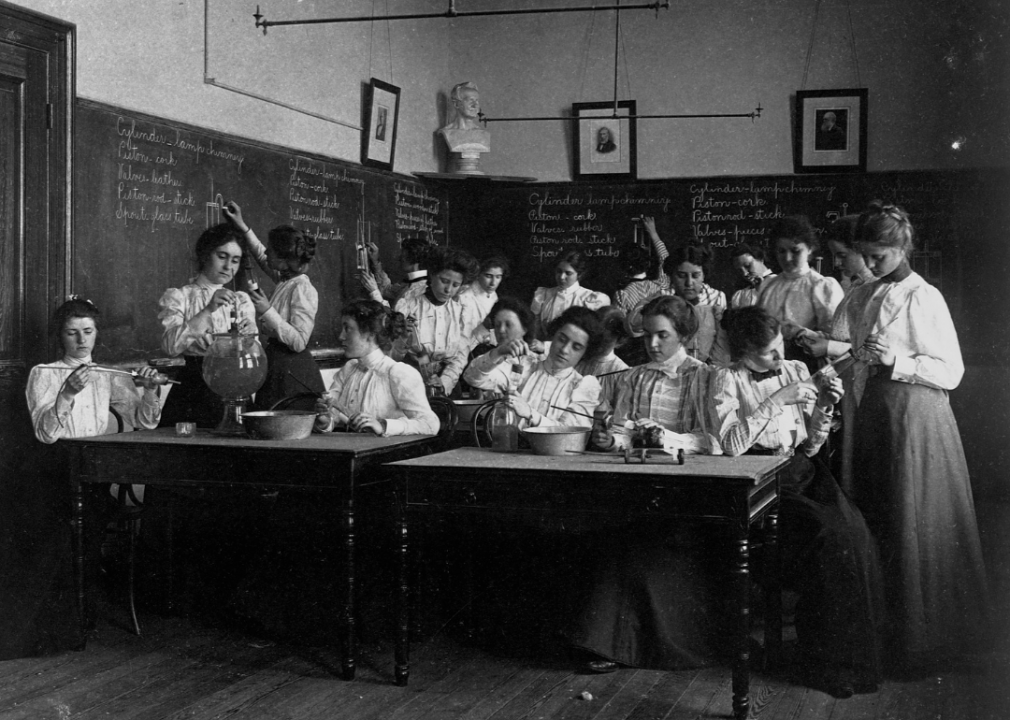
Library of Congress/Corbis/VCG via Getty Images
1895: First pass or fail system uses scoring to evaluate students
Yale’s early attempts at a grading scale paved the way for other colleges and universities to begin experimenting with other ways to evaluate students. While some of these scales were used to group students into larger categories or classifications—Harvard used such a system in the late-1800s, for example—other colleges and universities used specific systems to evaluate students on an individual basis. One of the more notable systems emerged from the University of Michigan, which in 1895 began to implement an individual student evaluation system of passing or failing. This system used five different scores or marks to evaluate students: passed, incomplete, not passed, conditional, or absent. Similar systems are still used today, though it’s more common for schools to implement a formal letter or number grading system to evaluate individual student performance.
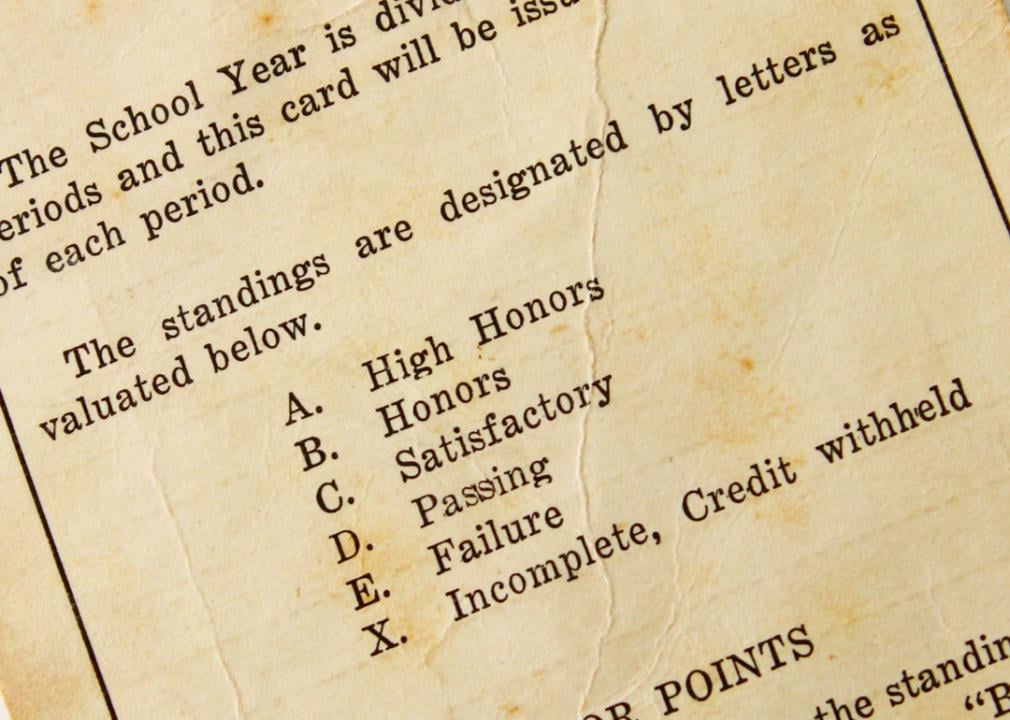
Michelle Patrick // Shutterstock
1897: First evidence of the letter grading system emerges
While schools began to implement formal student evaluation systems before 1897, the first real example of the letter-grade system emerged this year from Mount Holyoke College in Massachusetts. Unlike the current letter grading system, however, the Mount Holyoke scale was an A–E system, with no letter F grade in place. There are other differences in this letter grade scale, too. At Mount Holyoke, an A was awarded on a 5-point scale and represented grades of 95 to 100, while B and C grades were awarded on a 10-point scale. A letter grade of D was awarded to students who scored only a 75—nothing higher and nothing lower—and anything lower than a 75 was awarded an E, which was a failing grade.
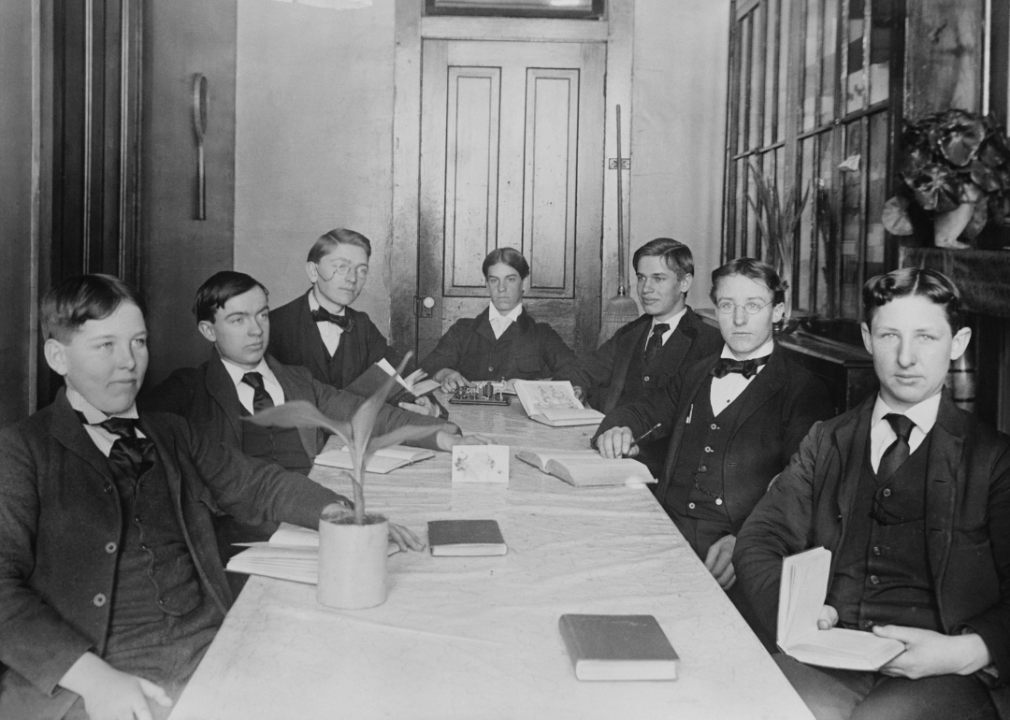
H. Armstrong Roberts/Retrofile // Getty Images
1898: The letter grading system gets an overhaul
The A–E letter grading scale didn’t last long. One year after its implementation, Mount Holyoke administrators added the letter F to the grading scale— with the F standing for failure. The other letters were revised at this point as well to add more symmetry to the grading scale. With this new version of the letter grading system, each letter grade represented a scale of five points. The letter grade A stood for 95 to 100, the letter grade B stood for 90 to 94, the letter grade C stood for 85 to 89, the letter grade D stood for 80 to 84, and letter grade E represented scores from 75 to 79. Anything lower than a 75 was awarded a letter grade of F, which was a failing grade.

JHU Sheridan Libraries/Gado // Getty Images
Early 20th century: Formal grading systems are widely adopted
It didn’t take long for the letter and number grading systems to be adopted into more parts of the educational system in the United States—but no standardized version was used across the board. By the early 20th century, most public schools had a formal grading system in place for individual students, which was essential due to major changes occurring with the system itself. Numerous laws were passed during this time that required students to attend school—which meant more students were in attendance at this time—and immigration increased the number of students attending school, too. As such, schools had to formalize ways to keep track of student records and student evaluations, and in turn, implemented standardized grading systems—both number and letter grades—to make it easier to grade students on a firm set of standard criteria.
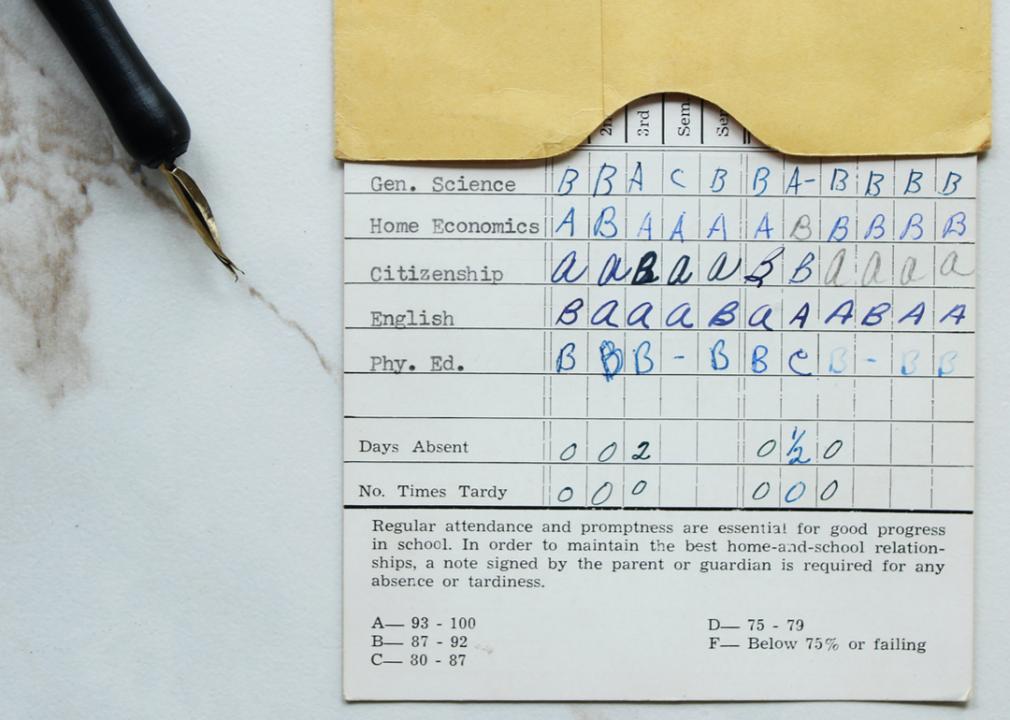
Michelle Patrick // Shutterstock
1930: The letter E disappears from the grading scale
There is no clear date as to when the letter E first started being removed from the letter grading scale. That said, most colleges had stopped using this letter to grade students by the year 1930. According to numerous sources, colleges stopped using E as part of the grading scale because of concern over students thinking that the letter grade stood for excellent. The letter was removed despite F standing for failing or failure—and it has remained that way in the time since.
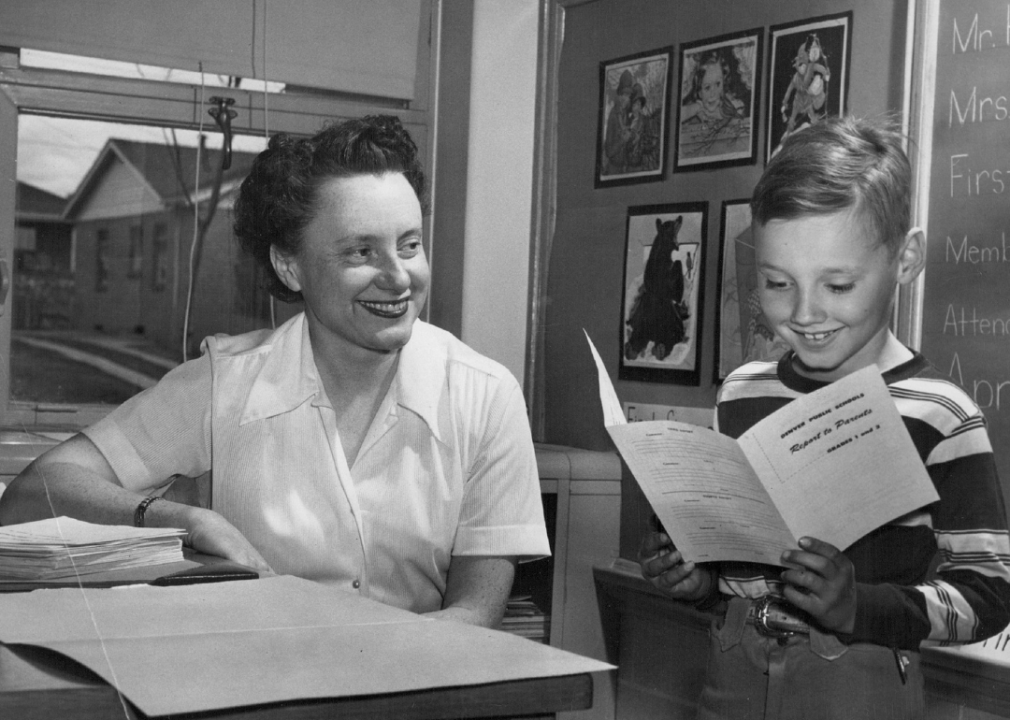
Dave Mathias/The Denver Post via Getty Images
1940s to present: A widespread adoption of letter grades
Just 10 years after colleges and universities stopped using the letter E as a grade, the grading system had been widely adopted across the nation. By the 1940s, the letter grading scale was the most commonly used grading system. This system was used in conjunction with the 4.0 scale and the number grading system—grades from 0 to 100—and had been implemented by elementary, middle, and high school public systems as well as colleges and universities. The system would continue to be revised over time and would eventually become more integrated with the number grading scale. The letter grading system continues to be used today—though it comes in many forms and variations, including curved grades and cohort grading, depending on the school system.
This story originally appeared on StudySoup
and was produced and distributed in partnership with Stacker Studio.



